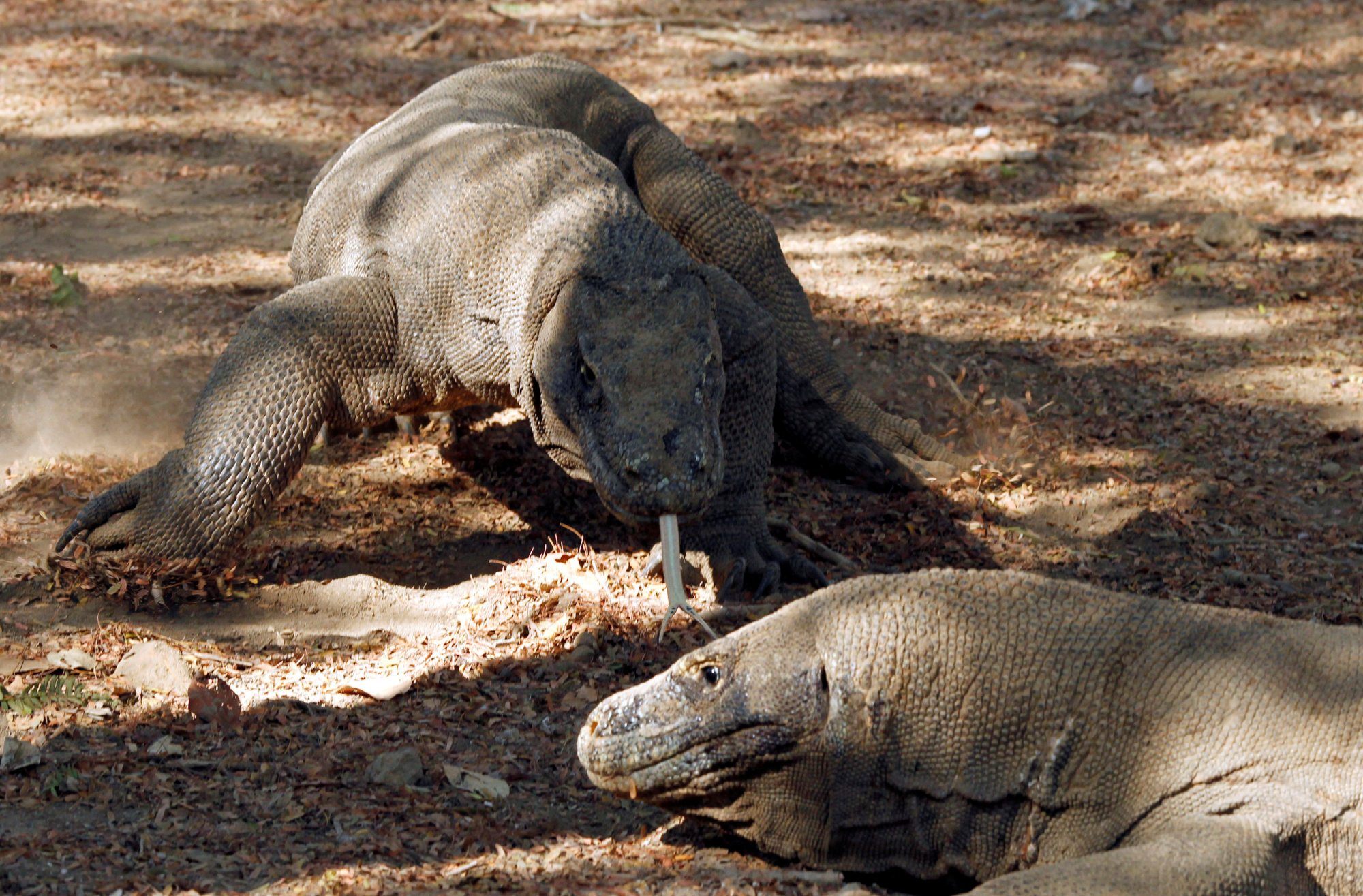Scientists have mapped the genome of the Komodo dragon, the world's largest lizard, discovering intriguing secrets behind the impressive speed and endurance these cold-blooded predators muster by ratcheting up their metabolism to mammal-like levels.
Researchers said on Monday they pinpointed crucial genetic adaptations that may underpin the tenaciousness of these lizards that inhabit several Indonesian islands including Komodo and bring down prey as big as a water buffalo with a venomous bite.
Komodo dragons reach up to about 10 feet (3 meters) long, possess curved and serrated teeth, a yellow forked tongue, strong limbs and a long tail.



















With your current subscription plan you can comment on stories. However, before writing your first comment, please create a display name in the Profile section of your subscriber account page.